What is the NRC Rating?
When evaluating acoustic panels for commercial spaces, one technical term comes up repeatedly: NRC rating. For facility managers, architects, and business owners seeking effective noise management, understanding this rating is essential to selecting the right acoustic products.
NRC — short for Noise Reduction Coefficient — measures how well a material absorbs sound energy. The proper NRC rating can directly impact comfort, speech clarity, and productivity in workplaces, healthcare environments, or hospitality venues. This article explains what NRC means, how it’s measured, and why it’s essential in commercial design.
Understanding the Basics of NRC
What NRC Measures
NRC is a standardized metric used in acoustics to quantify how much sound energy a material absorbs when sound waves strike its surface. Expressed as a decimal between 0.0 and 1.0, the Noise Reduction Coefficient reflects a material’s average sound absorption across a set range of frequencies.
A product with an NRC of 0.0 absorbs no sound at all — sound waves bounce off the surface entirely. In contrast, a product with an NRC of 1.0 achieves perfect absorption, capturing all sound energy that reaches it. In reality, most acoustic products fall somewhere in between, offering absorption tuned to the specific needs of a commercial space.
NRC vs. STC: Understanding the Difference
While NRC measures how much sound a material absorbs, Sound Transmission Class (STC) quantifies how well a material blocks sound from passing through it. STC is critical when designing walls between conference rooms or private offices. Still, NRC is the more relevant measure for improving acoustic comfort within a single space, such as reducing reverberation in an open office.
Continue reading: STC vs. NRC blog for a deeper dive into this comparison.
How NRC is Measured
Laboratory Testing Across Key Frequencies
NRC ratings are established through standardized testing in an acoustic laboratory. During these tests, materials are exposed to sound waves across four key frequency bands — 250Hz, 500Hz, 1000Hz, and 2000Hz — covering the typical range of human speech and ambient noise in commercial environments.
The material’s sound absorption coefficient is measured at each frequency, representing the proportion of sound energy absorbed versus reflected. These individual coefficients are averaged to calculate the final NRC rating.
Influence of Material, Surface Area, and Installation
While the NRC rating gives a valuable general sense of a product’s acoustic performance, real-world results depend on factors like the total square footage covered, the panel’s surface texture, and its placement within the space. This is why expert consultation, like that offered by sound-rite, is critical to ensuring products achieve their rated performance in practical applications.
Why NRC Matters in Commercial Spaces
Managing Noise in Open Offices
Modern offices rely on collaborative, open layouts, but this design trend introduces serious acoustic challenges. Excessive reverberation and poor speech clarity can undermine productivity and comfort. In these environments, acoustic panels with a well-matched NRC rating help capture disruptive noise, keeping conversations intelligible while softening unwanted echoes.
Enhancing Privacy in Healthcare and Corporate Spaces
In healthcare environments, where speech privacy is crucial, NRC-rated panels play a dual role. They enhance room privacy by reducing sound reflections and improve overall acoustic comfort by lowering ambient noise. Corporate spaces like executive boardrooms also benefit from materials with optimized NRC, ensuring sensitive conversations remain clear within the room without leaking excessive noise outward.
Balancing Comfort and Ambiance in Hospitality and Retail
Restaurants, hotels, and retail spaces face the unique challenge of balancing vibrant ambiance with acoustic comfort. Customers should feel energized, not overwhelmed by noise. High-NRC panels discreetly installed in ceilings, walls, or architectural features reduce reverberation without dulling the atmosphere. The result is a more pleasant environment that encourages guests to linger and return.
What is a Good NRC Rating for Commercial Spaces?
Defining what constitutes a “good” NRC rating depends heavily on the function and layout of the space. In most commercial applications, a higher NRC rating translates to better acoustic comfort. For example:
Open Office Environments: Ideal NRC between 0.65 and 0.85. This range balances sound absorption to improve speech clarity without overdamping collaborative energy.
Healthcare Facilities and Educational Spaces: Target NRC of 0.75 to 0.90. These settings require enhanced speech privacy and noise reduction to support patient comfort and learning focus.
Hospitality and Retail Spaces: NRC recommendations vary more widely based on the desired ambiance, but values between 0.60 and 0.80 often balance energy and comfort.
Selecting Acoustic Products with the Right NRC
Matching Material and Layout to Performance Needs
Choosing the right acoustic products starts with understanding how the space functions. Larger, noisier areas often need panels with higher NRC ratings, especially if speech clarity or privacy is a priority. Materials also matter — porous, fabric-wrapped panels typically offer higher NRC than more complex surfaces.
Custom Sizing and Placement
Coverage area is another critical factor. A single, well-placed panel might deliver a modest improvement, but achieving meaningful acoustic performance usually requires treating a significant portion of the room’s surface area.
Expert Guidance for Complex Spaces
For challenging acoustic environments, such as spaces with mixed uses, high ceilings, or unusual geometry, working with an experienced acoustic consultant is invaluable. The sound-rite team helps clients interpret NRC data within the context of their real-world space, recommending products that balance technical performance, aesthetic goals, and installation feasibility.
Conclusion: Making Informed Acoustic Choices with NRC
Understanding NRC ratings is key to making informed product selections for architects, designers, and facility managers navigating commercial acoustic challenges. By choosing panels with appropriately high NRC values, businesses can create more comfortable, productive, and private environments — all without compromising design aesthetics.
Sound-Rite’s acoustic panels offer proven performance across the NRC spectrum, supported by expert consultation to ensure products are matched precisely to each space’s needs. To explore options or request tailored advice, contact Sound-Rite today and take the first step toward sound management solutions that work as beautifully as they perform.


